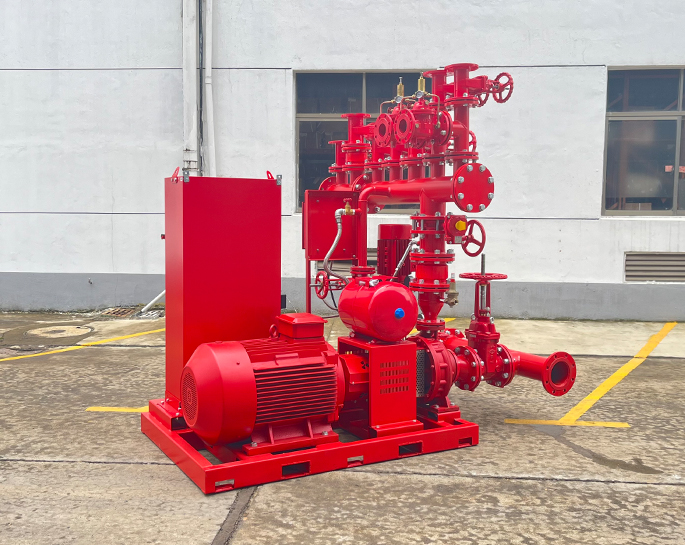What are the requirements for the inlet flow rate of fire pumps?
The inlet flow rate requirements for fire pumps depend on several factors, including the specific application, local building codes, and the standards established by organizations such as the National Fire Protection Association (NFPA) in the United States. The NFPA Standard 20, "Standard for the Installation of Stationary Pumps for Fire Protection," provides guidelines for the installation and operation of fire pumps. However, these recommendations may vary based on regional regulations and standards.
Here are some general considerations for inlet flow rate requirements for fire pumps:
-
NFPA Standards:
- The NFPA 20 standard outlines requirements for the design, installation, and maintenance of fire pumps. It specifies the minimum and maximum suction pipe sizes, considering factors such as pipe length, number of elbows, and the type of suction piping material.
-
Suction Piping Size:
- The size of the suction piping is crucial to ensure an adequate flow of water to the fire pump. Proper sizing helps prevent cavitation and ensures that the pump receives the required amount of water to meet its rated capacity.
-
Suction Pipe Configuration:
- NFPA 20 provides guidelines on the configuration of suction piping, including the number of elbows, tees, and other fittings. The goal is to minimize friction losses and maintain a consistent flow of water to the pump.
-
Location of the Water Source:
- The location of the water source, such as a water tank or a natural water supply, can influence the design and sizing of the suction piping. The goal is to provide a reliable and sufficient water supply to the pump.
-
Net Positive Suction Head (NPSH):
- NPSH is an important consideration to prevent cavitation in the pump. The available NPSH should exceed the required NPSH for the pump to operate effectively and avoid damage.
-
Site-Specific Conditions:
- Site-specific conditions, such as elevation changes, atmospheric pressure, and local climate, can affect the inlet flow rate requirements. These factors should be considered in the design and installation of the fire pump system.
-
Local Regulations:
- Local building codes and regulations may include specific requirements for fire pump installations, including inlet flow rates. It's essential to comply with these regulations to ensure the safety and effectiveness of the fire protection system.
-
Professional Engineering Evaluation:
- A professional engineer with expertise in fire protection engineering should be involved in the design and evaluation of the fire pump system. This ensures that the system meets all safety and performance requirements.
It's important to consult the relevant local codes and standards, involve qualified professionals in the design and installation process, and adhere to manufacturer specifications for the specific fire pump being used.







